Recently, the Robusta coffee futures price has continued to rise, even reaching a record high of $4,339 per ton. At present, the latest pre-sale price of London Robusta futures in July is $4,239 per ton, and the pre-sale price at the end of September also reaches $4,246 per ton.
At the same time, it has also driven up the price of Arabica futures. The continuous rise in coffee prices is mainly driven by the market’s concern that the coffee production in several major coffee-producing countries, such as Brazil, Vietnam, Indonesia, and Uganda, will be reduced.
At present, Vietnam is in the dry season locally, excessive drought, and the water levels of many lakes in the central plateau have seriously decreased, and the underground water sources have dried up. This has caused the coffee plants in the blooming season to wither and the leaves to turn yellow, resulting in a significant reduction in Vietnam’s coffee production.
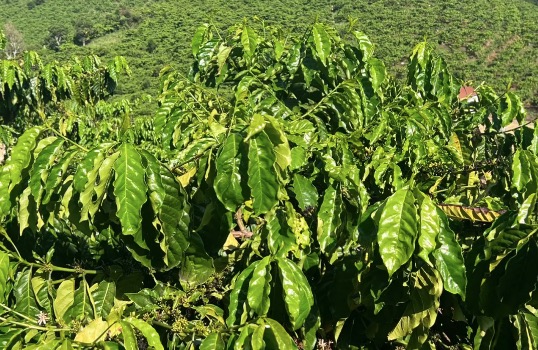
According to the report released by the Vietnam Coffee and Cocoa Association, even though the export data is high, the coffee production may be reduced by 20%, which will affect the export volume in the second half of 2024, and the tight supply will also result in a 20% reduction in export volume compared to the same period last year.
Due to the reduction in production in the next quarter, coupled with the current trend of rising prices, the local coffee farmers in Vietnam have begun to hoard coffee beans and are reluctant to sell the coffee beans in their hands, even for the pre-sold orders signed earlier, there have been many cases of breach of contract.
According to Bloomberg News, in the 2023/24 fiscal year, about 150,000 to 200,000 tons of coffee beans that Vietnamese coffee farmers or traders failed to deliver, equivalent to 10%-13% of the annual output.
Many traders said that they also do not have coffee beans to deliver, and also suffered significant losses due to breach of contract. Therefore, currently, some traders are willing to pay extra to buy coffee beans in order to obtain coffee beans, resulting in the current domestic purchase price of coffee in Vietnam as high as VND 120-125 million per ton.
In addition, there is no trend of peaking in the current coffee price, and it is not ruled out that the purchase price will further increase afterwards, and the market predicts that the price may rise to VND 150 million per ton.
This also leads to a shortage of inventory in some coffee companies, such as Nestle, which said that it needs to purchase more coffee beans in Brazil, India, Indonesia and other places to maintain the supply of global factories.
In addition, the coffee market in South Korea is growing. Due to the close geographical location, South Korea will increase the import of Vietnamese coffee. In 2023, South Korea has imported about 41,450 tons of Vietnamese coffee, with an export value of $93.35 million, an increase of 17.9% compared to 2022. Therefore, it is expected that the Vietnamese coffee in the Korean coffee market will grow in 2024, and the export value is expected to reach $2.2 billion, which also increases the competitiveness of Vietnamese coffee in the international market.
In addition, in terms of Arabica futures, although the coffee production in Brazil and Colombia is relatively stable, the increase in cocoa futures prices will also push up the coffee futures prices. Earlier, the political instability and supply chain interruptions in Cote d’Ivoire, the world’s largest cocoa producer, led to fluctuations in cocoa prices and pushed up global cocoa prices.
The prices of New York and London cocoa futures have risen by 166% and 189% respectively, coupled with the increase in Robusta futures prices due to the reduction in Vietnam’s production, the resulting chain effect has driven up the price of Arabica futures.
Due to the increase in cocoa and Robusta futures prices, it has also caused some investors or large investment companies’ interest in the entire soft commodity (cocoa, coffee, and sugar), prompting buyers to pay more for coffee futures.
In other words, the rise in coffee futures prices is driven by automated trading plans and large investment companies, and these market participants will react to some news in the coffee market, buying a large number of coffee contracts and capital speculation, thus pushing up the price.
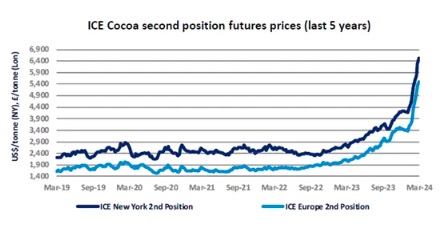
oupled with many European and American buyers have turned to the Arabica coffee beans in Central and South America, which has also caused the selling price of Arabica coffee beans to rise. Some green coffee bean traders revealed that the overall quoted price of coffee beans is currently 20% higher than the same period, and the price of Robusta coffee beans has increased by more than 30% compared to the same period.
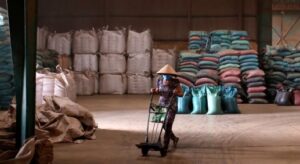
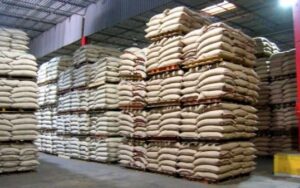

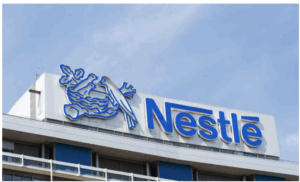
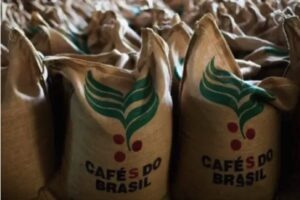


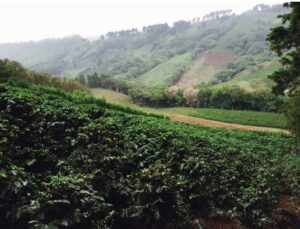

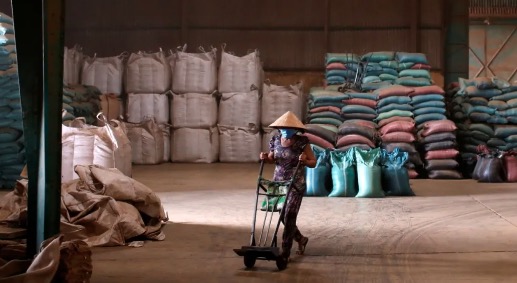
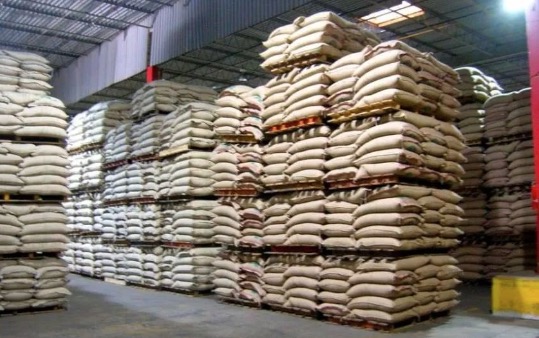


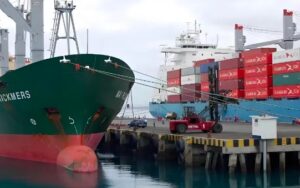
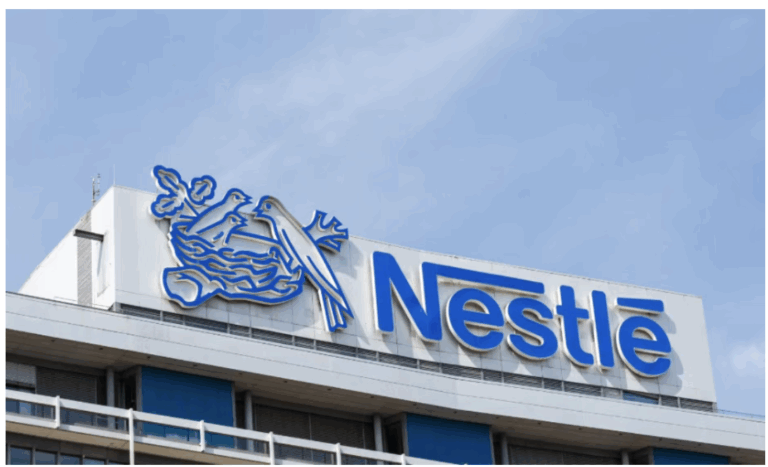
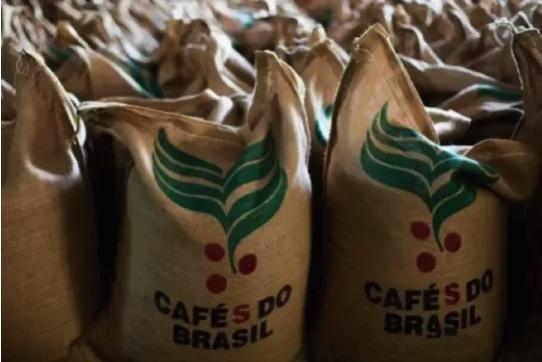


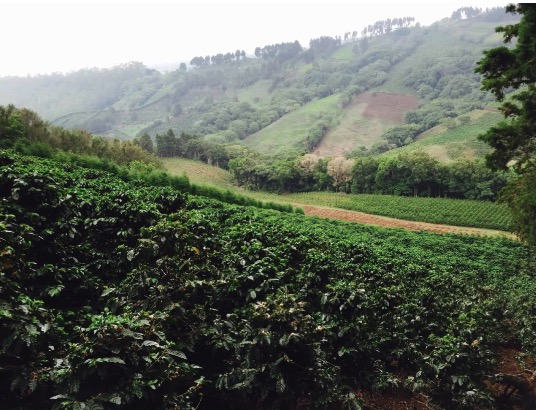
+ There are no comments
Add yours